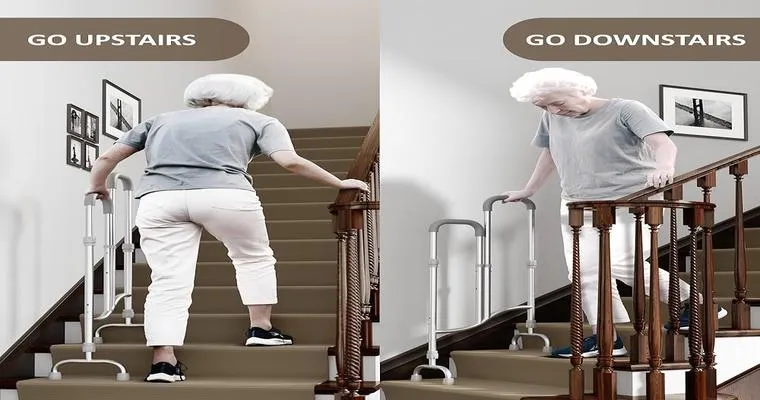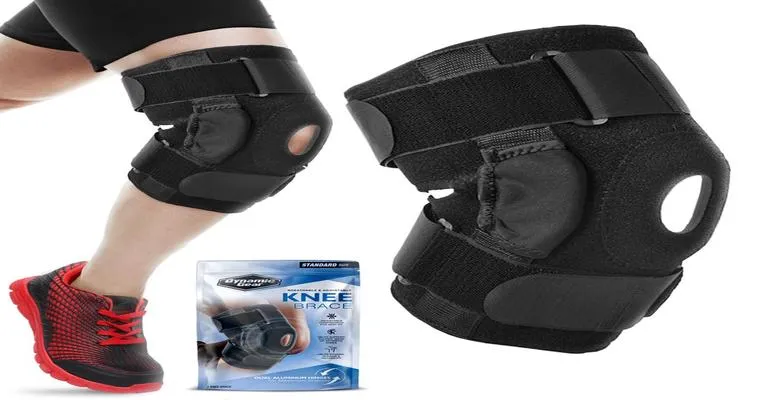Negotiating stairs can be a daunting task for individuals recovering from "leg injuries". Whether you are dealing with a sprain, fracture, or post-surgery recovery, understanding the best techniques for stair navigation is crucial for maintaining your "mobility" and "independence". This article will provide practical hints and strategies to help you manage stairs safely and effectively during your rehabilitation process.
Assess Your Situation
Before attempting to navigate stairs, it is essential to assess your current "mobility level". Consider the severity of your injury and whether you need assistance. If you find yourself struggling with balance or experiencing pain, it might be wise to consult with a healthcare professional or a physical therapist for personalized guidance.
Use Handrails
If available, always utilize "handrails" when climbing or descending stairs. Handrails provide crucial support and stability, making it easier to maintain your balance. When using handrails, ensure that you grip them firmly and keep your weight centered over your legs.
The Right Foot Placement
When negotiating stairs, proper foot placement is vital. For those with limited mobility, the general rule of thumb is to lead with your "stronger leg". When going up, place your stronger leg on the step first, followed by your injured leg. When descending, the opposite applies: step down with your injured leg first, followed by your stronger leg. This method helps to distribute weight more evenly and minimize discomfort.
Use Assistive Devices
Consider using assistive devices such as crutches, a walker, or a cane if you find yourself struggling with balance. These tools can significantly enhance your stability and confidence while navigating stairs. Make sure to practice using these devices on flat surfaces before tackling stairs to build your coordination.
Take Your Time
It's crucial to remember that healing takes time. Rushing can lead to falls or further injury. Take one step at a time and focus on your movements. If you feel fatigued or experience pain, take a break. It's perfectly acceptable to ask for assistance from family members or friends if you need help.
Strengthening Exercises
Incorporating "strengthening exercises" into your rehabilitation routine can improve your overall mobility and make stair negotiation easier. Focus on exercises that strengthen the muscles in your legs, hips, and core. Always consult with your healthcare provider or physical therapist to ensure that the exercises you choose are safe and appropriate for your specific injury.
Conclusion
Negotiating stairs after a leg injury poses unique challenges, but with the right techniques and tools, it is entirely manageable. By assessing your mobility, using handrails, maintaining proper foot placement, utilizing assistive devices, taking your time, and incorporating strengthening exercises, you can improve your confidence and safety when navigating stairs. Remember, patience is key in your recovery, and seeking professional guidance can make all the difference in your journey towards regaining your mobility.





